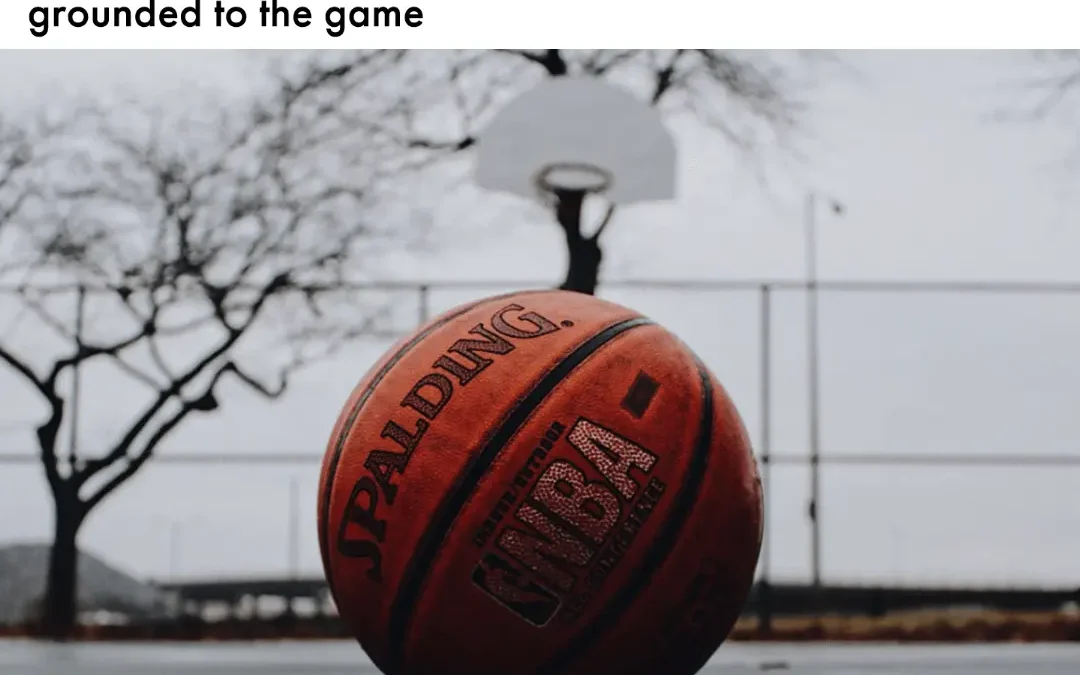Demystifying the Two-Way Contract in the NBA: A Complete Guide
Are you a passionate basketball fan, intrigued by the inner workings of player contracts and team dynamics? If so, you’ve likely come across the term “two-way contract” in the NBA. This innovative concept has been making waves in the basketball world since its introduction in 2017. In this comprehensive guide, we’ll break down the latent semantics, vocabulary, and intricacies of the two-way contract, shedding light on its impact on both players and teams.
Understanding the Two-Way Contract
The two-way contract is a groundbreaking initiative by the NBA that aims to provide fringe players with valuable opportunities to showcase their talents on a bigger stage. Simultaneously, it allows NBA teams to have a larger pool of players available for selection. But what exactly is a two-way contract, and how does it work?
The concept of the two-way contract revolves around the idea of enabling players to participate both in the NBA and its developmental league, the NBA G League. Young players with less than four years of NBA experience are eligible for these contracts. The primary purpose is to allow teams to nurture and develop promising talent without committing fully to their financial and roster obligations.
Eligibility and Benefits
Two-way contracts are tailored for young players who are still early in their careers and show immense potential but may require additional time and experience to fully develop their skills. By signing a two-way contract, these players can gain invaluable exposure to both the NBA and G League environments, gaining crucial experience and learning from top-level athletes and coaches.
As mentioned earlier, each NBA team is allowed two two-way contracts per season. These players are often considered the “16th and 17th men” on a team’s roster, in addition to the standard 15 roster spots. This extra flexibility allows teams to experiment and invest in the development of promising young talent without worrying about their salary cap.
Cap Implications and Financial Considerations
One of the intriguing aspects of the two-way contract is its unique cap implications. While the 15 players on standard contracts count against the team’s salary cap and tax, the two-way players do not. According to the CBAFAQ (Collective Bargaining Agreement Frequently Asked Questions), a two-way player’s salary is not included in the team’s Team Salary.
What this means is that teams do not need to worry about cap room or an exception to sign, acquire, or convert a two-way contract. The team’s salary cap will remain unaffected by the two-way contracts, making it an attractive option for teams to invest in developing young talent while staying within their financial boundaries.
Regarding payment, two-way players are compensated at a flat rate of 50% of the rookie minimum salary. Before the 2021 season, a two-way player’s NBA salary was pro-rated per day, depending on their time spent with the NBA team for games, practice, conditioning, or travel. However, the new flat rate simplifies the payment structure, making it more predictable and fair for the players.
Game Restrictions and Conversion
Two-way contract players have certain game restrictions. They are allowed to play in 50 of their team’s 82 games during the regular season. This limitation is in place to prevent teams from overusing two-way players and to ensure that they remain available for their G League team as well.
However, even when not playing in NBA games, two-way contract players are encouraged to practice with the team, travel, and sit on the bench as inactive members, further immersing themselves in the NBA environment.
One of the fascinating aspects of the two-way contract is the possibility of conversion. Teams can convert a two-way contract into a standard NBA contract at any time from the start of the July moratorium through the day of the team’s last regular season game. This allows teams to offer a more permanent spot to players who have excelled and proven their value, ultimately rewarding their dedication and hard work.
Postseason Considerations
While two-way contracts provide an excellent platform for players to grow and showcase their skills, they do have limitations when it comes to postseason participation. Two-way contract players are ineligible for postseason rosters.
However, there’s a silver lining. Teams have the option to convert their two-way players into full NBA contracts before the final regular season game. By doing so, the player becomes eligible for the postseason roster, giving them a chance to shine on the biggest stage of all.
A Success Story: Austin Reaves
Now that you have a comprehensive understanding of the two-way contract system, let’s take a look at a real-life success story. Austin Reaves, a fan favorite and a player with immense potential, started his journey in the NBA on a two-way contract. Through hard work, dedication, and impressive performances, Reaves proved his worth and was eventually rewarded with a full NBA contract, solidifying his place in the league.
Conclusion
The two-way contract system in the NBA has opened new avenues for young and talented players to make their mark in the league. It provides a win-win situation, allowing players to develop their skills and showcase their potential while offering teams more flexibility and options without straining their finances.
As the NBA continues to evolve, the two-way contract system will likely remain an essential and impactful component of player development strategies. For aspiring players, it offers a unique opportunity to pursue their dreams and carve out a successful career in professional basketball. For teams, it presents a pathway to unearth hidden gems and shape the future of the league.
So, the next time you watch an NBA game and spot a player who was once on a two-way contract, remember the journey they undertook to reach that stage—the journey of determination, perseverance, and the pursuit of greatness.
More Baskeball Content on Huddlecourt
Click here to read more and discover why the NBA is taking the baseball world by storm. Let the excitement begin!


